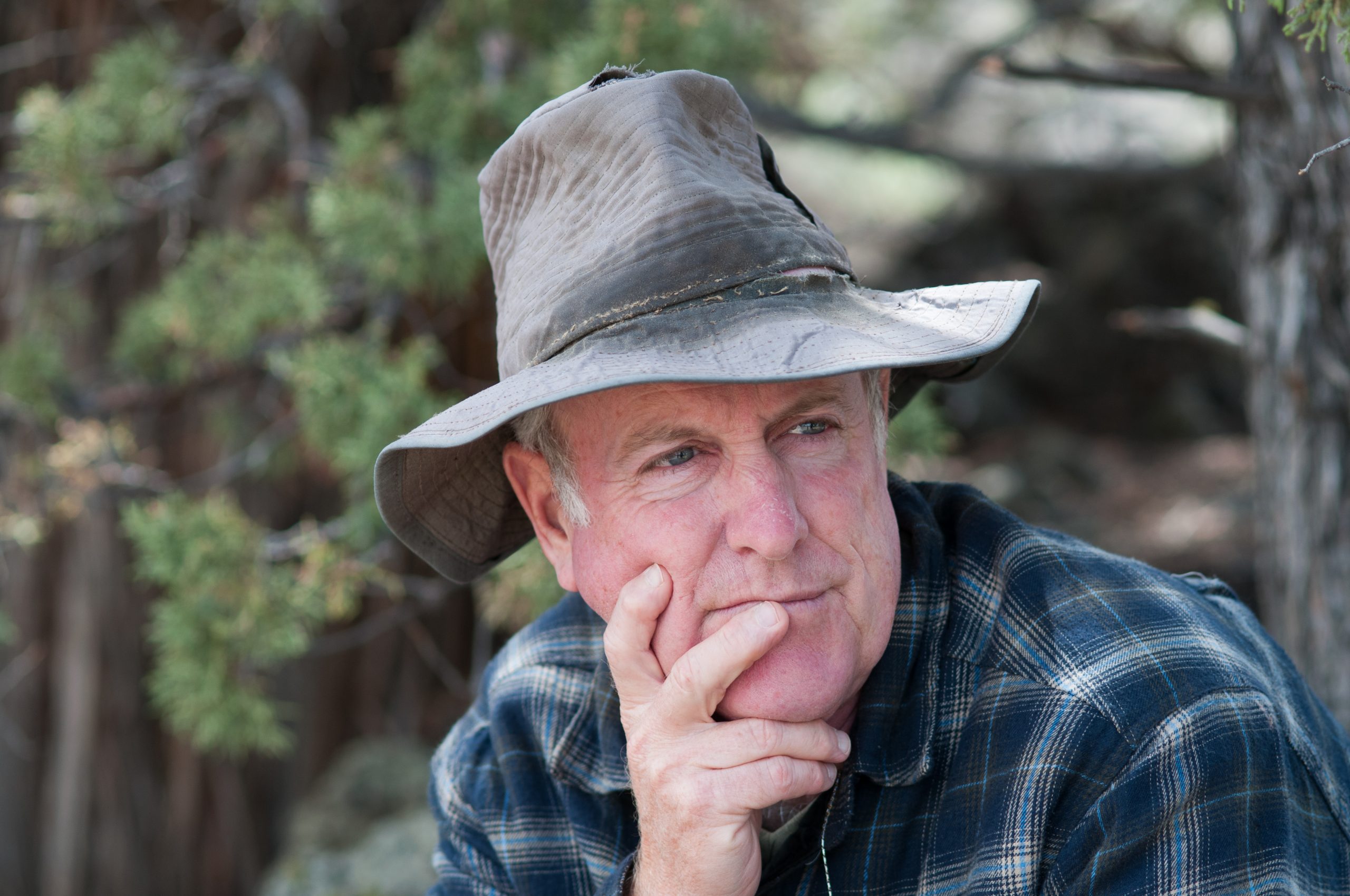
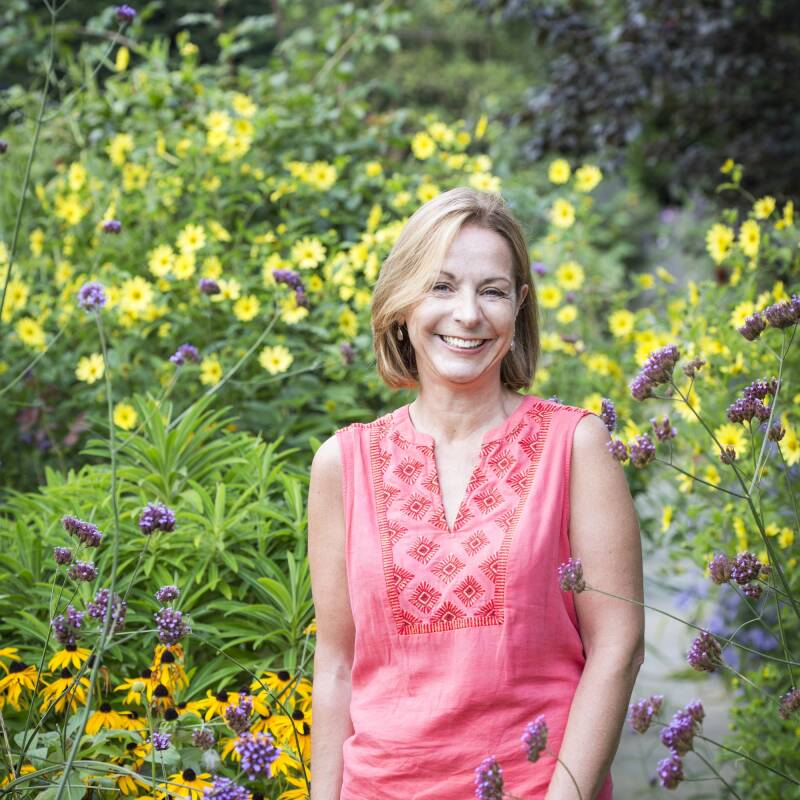

Douglas W. Tallamy probably needs no introduction: The entomologist and University of Delaware professor has been one of the loudest (and most effective) voices sounding the alarm about the biodiversity crisis—and what we gardeners can do to address it. He has written and co-authored multiple books about backyard conservation, and his latest, How Can I Help?, out this week, answers 499 questions he’s received while giving talks across the country. (Read an excerpt here.) He also started his own nonprofit Homegrown National Park to turn his ideas into a movement.
While Doug has inspired legions of gardeners and manages a 10-acre landscape himself, he’s a little reluctant to identify himself as a garden expert, especially since he is self-taught. He sees the work that he and his wife, Cindy, are doing on their own property as conservation and restoration—every choice made in the interest of supporting wildlife and increasing the ecological function of their land. But the decades of work they have done— pulling invasives, encouraging native volunteers, figuring out the right place for the right plant—well, it sounds an awful lot like some serious gardening to us.
We asked Doug to tell us about what inspires him as a gardener:
Photography courtesy of Douglas Tallamy.
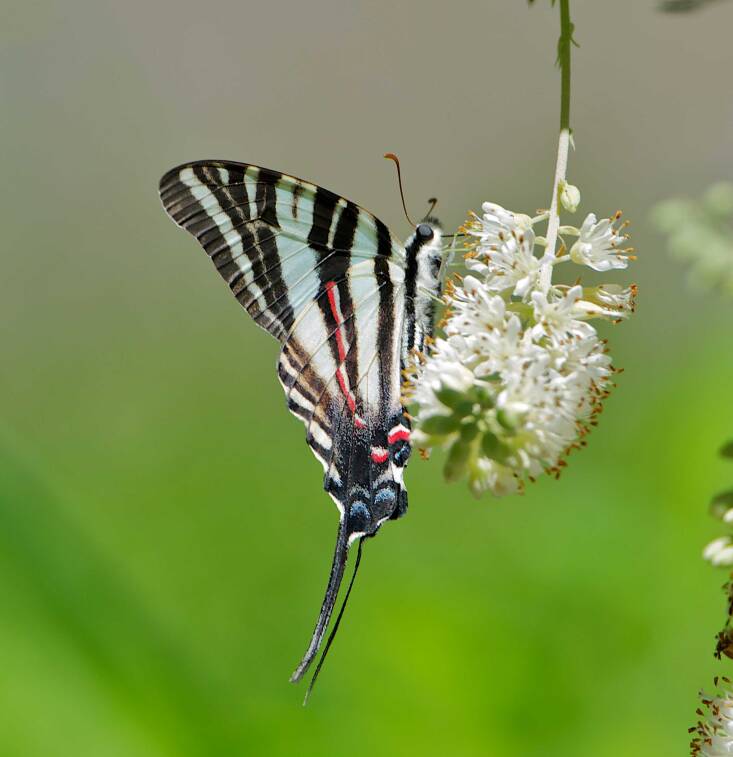
It’s really my first conservation memory—that’s really what this is all about. How do we use plants to achieve conservation? That becomes gardening. But my first conservation experience was watching my favorite little pond, which was right next to our house, being covered up with a bulldozer, so they could build the house next door. It was full of toads and all kinds of things. I was in third grade and that made an impression on me that we’ve got to save nature.
What’s interesting, looking back, is it did not occur to me to walk 50 feet into my own yard and dig another pond. I could have done that, I bet my parents would’ve helped me, but it never occurred to me. It was always this thinking of “oh, we’ve got to save stuff so it’s not destroyed” rather than you can put it back. That’s really the big leap: It took me 50 years to make it.
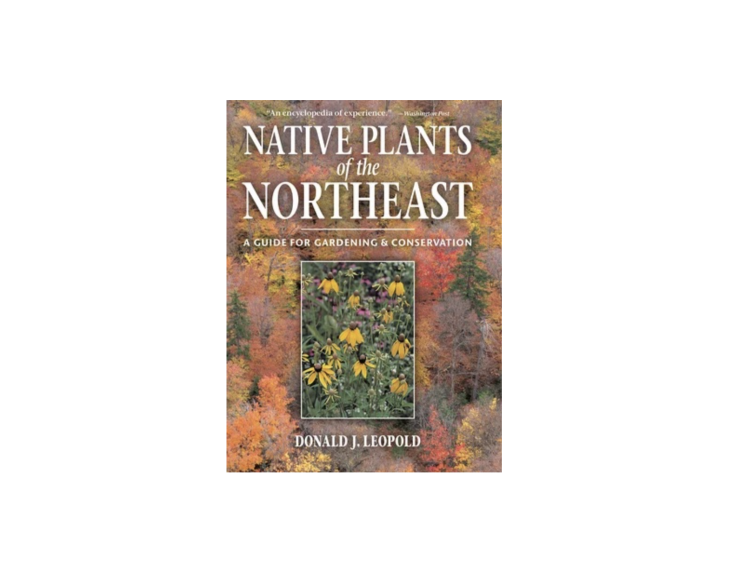
Native Plants of the Northeast: A Guide for Gardening and Conservation, by Donald J. Leopold, is a book I refer to often. For me, it’s more a matter of being able to look up where’s the appropriate place to put this plant and in what appropriate plants. There are actually a lot of sources for that online, but it’s nice to have it in a book.
Biodiverse, restored, alive.

I would say it’s a favorite group—and yes, it’s oaks, but which one depends on where you live. My favorite oak is white oak. They’ve always been my favorite. I grew up with white oak; it was easy to climb. But it turns out that oaks are the most ecologically powerful plants we can put in our yards. They’re supporting the most caterpillars, which drives the food web. They’re sequestering the most carbon and helping the watershed with their huge root systems. They have leaf litter that lasts longer than other leaf litter. Spring bees use the pollen. They do it all.
Japanese stilt grass! Fortunately, no one is planting that on purpose, but they’re still planting Callery pear, Bradford pear, privet, and English ivy. Autumn olive is still for sale in Ohio! People are still buying burning bush, barberry—these are serious invasives that people are still planting.
I have learned that deer are a lot smarter than I thought they were. They will learn how to get around just about anything I put in their way—they’ll push cages over. I thought it wouldn’t take much to deter them. You know, I’m an entomologist. I came to gardening out of an interest in landscape restoration with very little knowledge about how to do it. I planted ash trees on soil that is practically serpentine. So, that concept of “right plant, right place,” I had to learn through experience.
This goes against what everybody else says, but I was surprised at how easy it was to restore soil quality. You read that it takes a thousand years to make an inch of topsoil—maybe if you’re starting from bedrock. But to enhance the productivity of, what we would call dirt is not that hard. I added leaf litter. It inoculated the soil with mycorrhizae, and it was just a couple of years before I had some good soil. I thought this was going to be a really hard thing to do, but it wasn’t.
Fall cleanup is one that needs to be modified. Fall cleanup should really be spring cleanup. We’ve also got to reduce the area of lawn. Lawn’s just a status symbol. There are four ecological goals for our yards: To sequester carbon, manage the watershed, support pollinators ,and support a food web. Lawn does none of those, but it’s a cue for care and it’s a great plant to walk on. We’re not going to get rid of all the lawn, but we need to be using it strategically for aesthetic value and to guide us through the landscape. That’s a big cultural change, so that’s a challenge.
A new goal. The old goal has been to use plants as decorations. We can still do that, but we have to add to that goal. How do we use plants as decorations and create a functional ecosystem right in our yard? That’s a real gardening goal: To increase the ecological integrity of your gardening space.

A mattock because it’s the easiest way to whack out an awful lot of those invasives without using herbicide. It’s sort of like a pickaxe.
Three big seed companies that I have worked with are Ernst Seeds in Western Pennsylvania, Prairie Moon Nurseries, and Prairie Nurseries. When sourcing seeds, be specific about where you are, so that they can give you genotypes from your area. There are a lot of smaller native plant nurseries in different parts of the country right now. The demand for native plants exceeds the supply, so, if you actually want plants, it’s usually the small grower that’s meeting those needs.
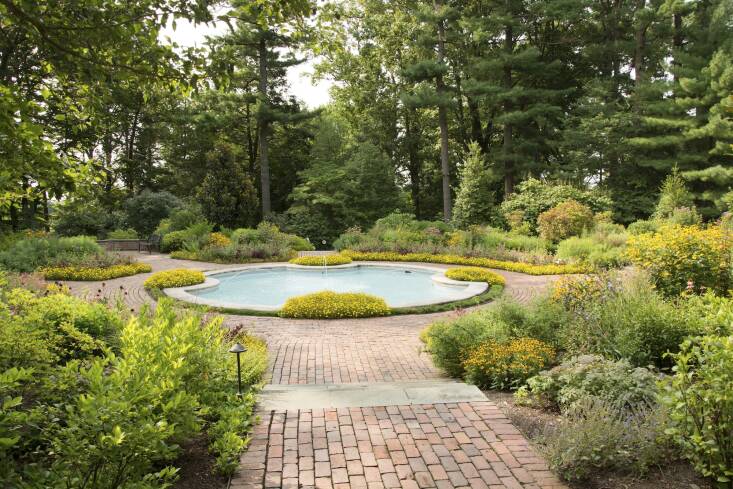
Mt. Cuba Center in Delaware. One of the most common misconceptions is you can’t use natives attractively. Well, go to Mt. Cuba Center, that’ll put that misconception to rest.
A straight species Hydrangea arborescens. That’s the native hydrangea in our area. It’s a great pollinator plant, and I don’t have any of those. I also really like basswood, Tilia americana. I’ve got two, but I need more.

I garden to bring life back to my property. I loved looking out the window and seeing things move around. I love it when something new colonizes our space that wasn’t there before. There’s a rare and declining moth species called Thaxter’s Sallow that I never thought I’d see in my life, but it showed up at my house the other night. That’s exciting to me. Wood frogs colonized our pond after 23 years last year, and I bet it was 300 years since they’ve been there because it’s been farmed previously. It’s exciting to me seeing that restoration works, seeing how resilient nature is, because that tells me this is going to work. We can put the plants back and it’s going to work.
Thanks so much, Doug! (Follow his nonprofit on Instagram @homegrownnationalpark.)
For our full archive of Quick Takes, head here.
v5.0
When you register as a free Member of the Remodelista family of websites (Remodelista, Gardenista, and The Organized Home), you gain access to all current posts plus 10 archived posts per month, our internal bookmarking tool, and the community bulletin board.
Member benefits include:
For $5/month ($59.99 paid annually) you'll enjoy unlimited, ad-free access to Remodelista, Gardenista, and The Organized Home and all the benefits of Membership.
Subscriber benefits include:
For $5/month ($59.99 paid annually) you'll enjoy unlimited, ad-free access to Remodelista, Gardenista, and The Organized Home and all the benefits of Membership.
Subscriber benefits include:
Benefits include:
For $5/month ($59.99 paid annually) you'll enjoy unlimited, ad-free access to Remodelista, Gardenista, and The Organized Home and all the benefits of Membership.
Subscriber benefits include:
When you register as a free Member of the Remodelista family of websites (Remodelista, Gardenista, and The Organized Home), you gain access to all current posts plus 10 archived posts per month, our internal bookmarking tool, and the community bulletin board.
Member benefits include:
If at any time you want to become a Subscriber and enjoy unlimited, ad-free access to all our content, just go to the My Account link and choose Subscribe.
Advertising funds our work at Gardenista and helps us provide you with a daily dose of garden inspiration & design. We hope you’ll consider disabling your adblocker for Gardenista so we can continue our mission: a well-designed garden for all.
Thank you for your support.
Have a Question or Comment About This Post?
Join the conversation (1)